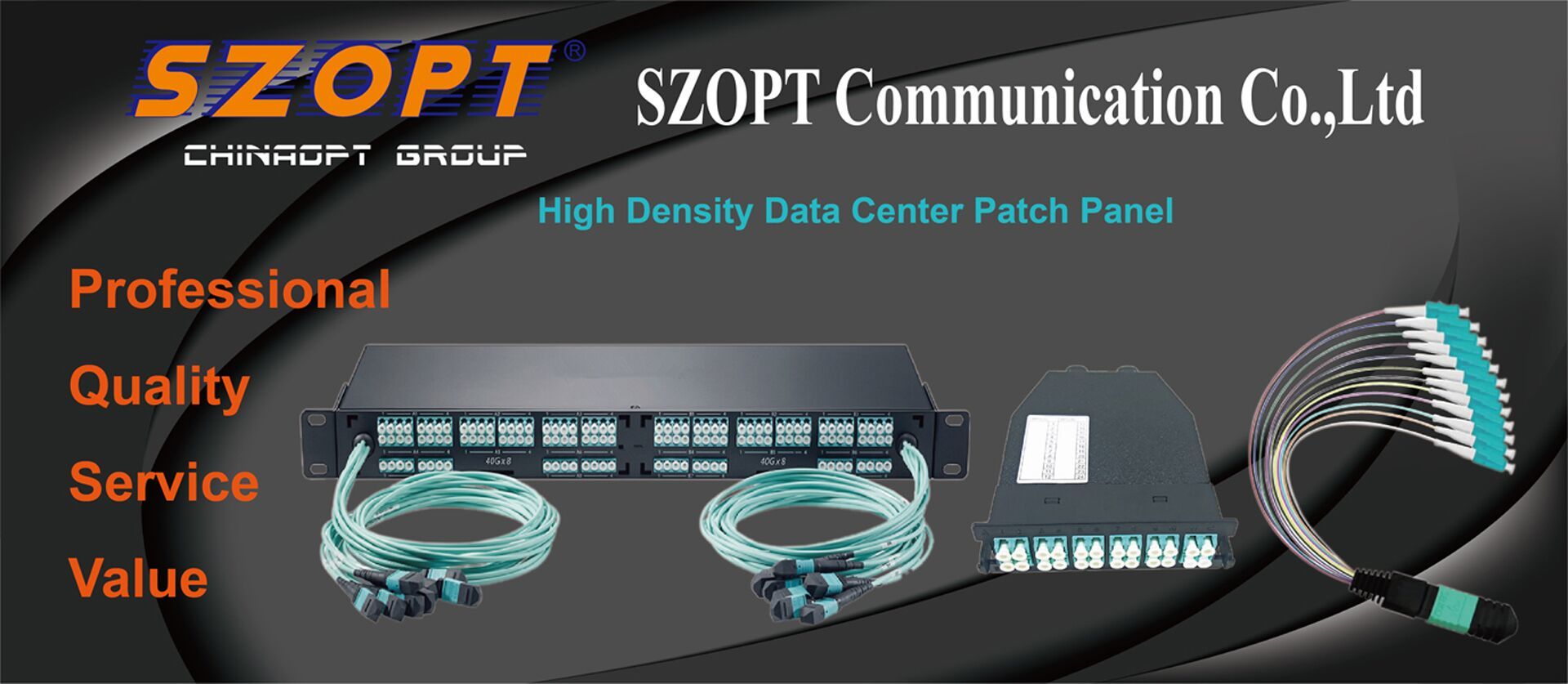Technical
Product Center
Contact Us
Add:6F,A/Bldg,Huaming Ind'Park Huaming RdLonghua DistrictShenzhen China.
Tel:+86-755-3290 3232
Contact:Tony
Mail:chinaopt@163.com info@szopt.net
Wechat/whatsap:
+86-13423798998(Tony)
+86-13502803430(Ellen)
+86-15019202004(Spring)
Support
Instructions for Testing the Insertion Loss of Fiber Optic Jumpers
1. Purpose
Correctly testing insertion loss
2. Scope
Suitable for insertion loss testing of various specifications and models of fiber optic connectors or pigtails produced by our company (excluding FDDI).
3. Using tools
Anhydrous alcohol, alcohol bottles, wiping paper, tweezers, blades, cotton swabs, and air guns
(Used for measuring tail fibers: Miller knife, gemstone knife or fiber cutting knife, 127 micron fiber flexible joint or ceramic insert)
(FC/APC JDS parts for fixed point use: thread sealant, square seat, toothpick)
4. Operation steps (take "781RL-13/15" light source, Optical power meter as an example)
4.1 Turn on the light source and Optical power meter (turn the "POWER" switch on the instrument panel 90 degrees to the left).
4.2 Use the test connector (MASTER) to directly connect the light source and the detector of the Optical power meter to correct the return loss and insertion loss. First press the "CHANNEL" key on the tester (return loss), then press the second key in the upper row to correct the return loss. After correction, the return loss base is about 20db, and then press the second key of the Optical power meter to zero the insertion loss.
4.3 The dBm value displayed by the Optical power meter before clearing is the main reference data to measure whether the light source works normally.
4.4 Remove the test connector head on the detector of the Optical power meter, and then install the test adapter.
4.5 Connect a calibration connector (SUB-MASTER) directly to the test adapter and the detector of the Optical power meter. The dB value displayed by the optical power meter is the insertion loss of the test connector of the test connector. From this value, it can be seen whether the test connector's test connector is functioning properly.
4.6 After wiping the two connectors of the tested connector with alcohol, connect them to the detector and the test fiber connector respectively, and the dB value obtained is the insertion loss and return loss of the connector. Swapping the connectors of two tested connectors can determine the insertion loss and return loss of the other connector.
4.6.1 If these two values meet the technical requirements of the Production Task, record these two values on the test record sheet.
4.6.2 If one or both of these two values do not meet the technical requirements of the Production Task List, tweezers can be used to take out the snap ring and select the best point. After retesting and passing, the snap ring can be marked according to 4.6.1 (excluding the clamping structure). If the point cannot be found, it should be identified and processed according to the "Nonconforming Product Control Procedure".
5. Precautions
Before connecting the connector, the end face of the ceramic insert must be wiped clean with anhydrous alcohol to ensure that there are no impurities during docking, otherwise it will affect the accuracy of the detection.
The dB value of the test connector should be a known value, usually ≤ 0.02dB. The difference between the calibration values of the day and the previous day must be ≤ 0.02dB, and all calibration values must be ≤ 0.05dB. If the calibration does not meet the above requirements, immediately contact the workshop leader or handle it according to the "Test Reference System Management Regulations". If the test connector needs to be replaced, it must be indicated in the "Insertion Loss Reference Calibration Record" table.
five






